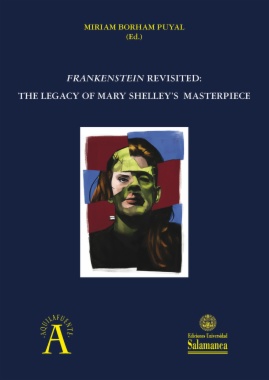

Margaret Atwood has freely retold the myth of Frankenstein in her poem Speeches for Doctor Frankenstein (1966) where, according to the author, “the monster is the narrator’s other self”. This “mirror poem” focuses on the idea that the creator is to be blamed for forsaking (instead of taking care of) his completely innocent (rather than evil) creature and, departing from the original plot of Mary Shelley’s “creation parable”, ends with the monster deserting his maker, that is, achieving independence. In “Hairball” (1991) Atwood humorously elaborates on the notion of a female creator losing control over the male creature she has shaped to suit her taste. The straightforward lyrics of “Frankenstein Monster Song” (2004) are related to Atwood’s enigmatic early poem, though in this simpler soliloquy her sympathy is exclusively reserved for the plight of the unfortunate lonely monster, whose perspective is privileged over that of his maker. Oryx and Crake (2003), the first instalment of Atwood’s dystopian MaddAddam trilogy, is intertextually connected not only to Mary Shelley’s most famous work, but also related to her lesser-known post-apocalyptic novel The Last Man (1826) through the character of Jimmy/Snowman, who seems to be the last man on earth once humanity has been almost wiped out by a plague. His even more monstrous counterpart Glenn/Crake, the mad scientist who genetically engineers a new species of humanoids intended to replace humans, is partly modelled on Victor Frankenstein. Although Crake designs the Children of Crake or Crakers according to his ideal of perfection, his hominids end up being derogatorily dubbed “Frankenpeople” in MaddAddam (2013), a novel which foregrounds not only their monstrosity, but that of their makers. Atwood inverts both Frankenstein and The Last Man through generic parody in Oryx and Crake, which is driven by the same satirical intent informing all her dystopian works.